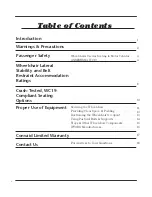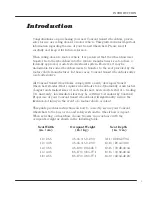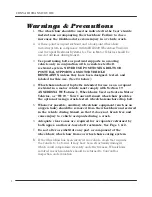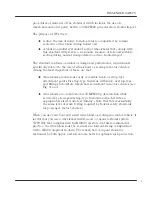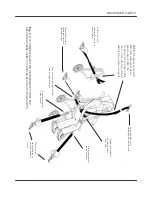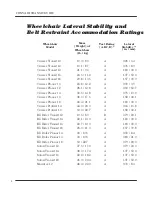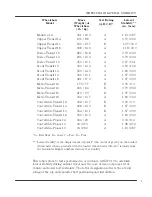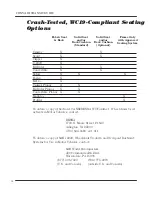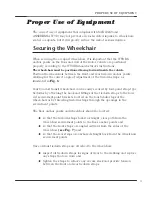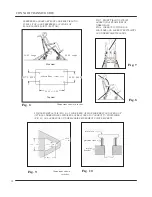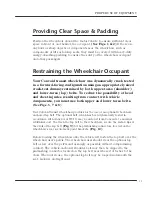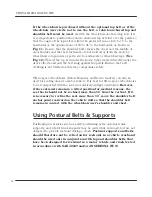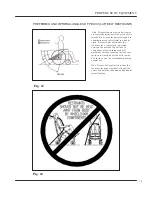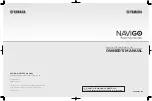
9
Mountee 14
52.1 / 23.0
A
1.13 / 28.7
Clipper Transit 14
19.5 / 8.8
A
0.79 / 20.0
Clipper Transit 16
23.6 / 10.7
B
1.97 / 50.0
Clipper Transit 18
30.8 / 14.0
A
1.18 / 30.0
Rodeo Transit 12
28.3 / 12.8
A
0.79 / 20.0
Rodeo Transit 14
29.5 / 13.4
A
0.79 / 20.0
Rodeo Transit 16
35.6 / 16.1
A
2.17 / 55.1
Scout Transit 12
30.9 / 14.0
A
0.59 / 15.0
Scout Transit 14
32.0 / 14.5
A
1.18 / 30.0
Scout Transit 16
35.5 / 16.1
A
1.57 / 39.9
Scout Transit 18
38.1 / 17.3
A
1.57 / 39.9
Metro Transit 12
17.0 / 7.7
B
0.39 / 9.9
Metro Transit 14
18.5 / 8.4
B
0.79 / 20.0
Metro Transit 16
21.9 / 9.9
B
1.97 / 50.0
Metro Transit 18
30.2 / 13.7
A
1.18 / 30.0
Convertible Transit 12
30.2 / 13.7
B
0.39 / 9.9
Convertible Transit 14
32.8 / 14.9
B
1.57 / 39.9
Convertible Transit 16
35.4 / 16.1
B
1.57 / 39.9
Convertible Transit 18
36.3 / 16.5
A
1.18 / 30.0
Convertible Planar 14
50.6 / 23
A
0.33 / 8.4
Convertible Planar 16
60 / 27.3
A
1.08 / 27.4
Convertible Planar 16
63 / 28.6
A
1.13 / 28.7
*A = Excellent; B = Good; C = Fair; D = Poor
** “Lateral stability” is the displacement of point P (the center of gravity on the loaded
wheelchair) when a platform with the loaded wheelchair is tilted 45
º
laterally from
the horizontal. Higher numbers indicate less stability.
This table refers to tests performed in accordance with WC19 to establish
lateral stability during normal travel and the ease of use and proper fit of
vehicle-anchored belt restraints. The letter designation reflects the overall
rating of the lap and shoulder belt positioning and installation.
WHEELCHAIR
LATERAL STABILITY
Wheelchair
Model
Mass
(Weight) of
Wheelchair
(lb. / kg)
Test Rating
(A,B,C,D)*
Lateral
Stability **
(in. / mm)


